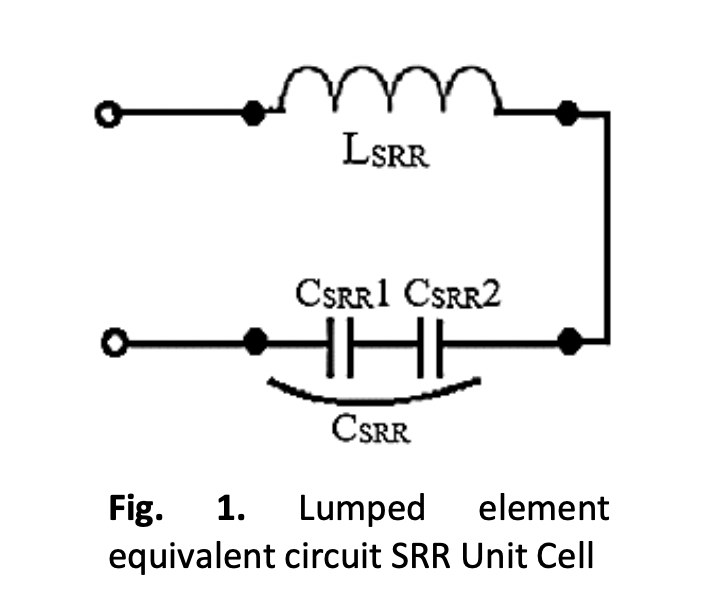Zero-Biasing Split Ring Resonator using Metamaterial Element for High Gain Superstrates Ultra-Wideband Antenna
DOI:
https://doi.org/10.37934/araset.30.1.321330Keywords:
Zero biasing, metamaterial antenna, high gain, ultra-wideband antennaAbstract
Complex materials with artificial structures known as metamaterials (MTM) have unique properties that draw several scientists to use them in a variety of research fields. In addition, MTM can go beyond some of the restrictions placed on tools used in technical practise while improving the characteristics of microwaves. The Internet of Things (IoT) application calls for the construction of zero-index Split Ring Resonator (SRR) MTM element superstrates with an ultra-wideband antenna. Keep in mind that the MTM simulates behaviour that is not found in nature, namely the zero-reflection phase (dB) on the resonance frequency. For this project, an antenna with an SRR MTM unit cell operating at 2.70 GHz is built. The SRR has four inductance-related loops (r1, r2, r3, and r4), and gaps (slots) are added to the ring to produce the capacitance effect. Parametric research has been done for the SSR in the interim to identify the best design with zero indexes, permittivity and permeability at the desired frequency. The MTM unit cells array design's 7 x 4 and 10 x 5 dimensions achieved a dB of 0° at the 2.70 GHz frequency range. A 7 x 4 MTM unit cell makes up the first design, MTM Antenna Design 1, which at 2.70 GHz recorded a gain of 5.70 dB and a return loss (S11) of -20.007 dB. The return loss (S11) at a frequency of 2.70 GHz was -19.734 dB in the second design, an MTM antenna consisting of 10 x 5 MTM unit cells, which recorded a gain of 5.66 dB.





























